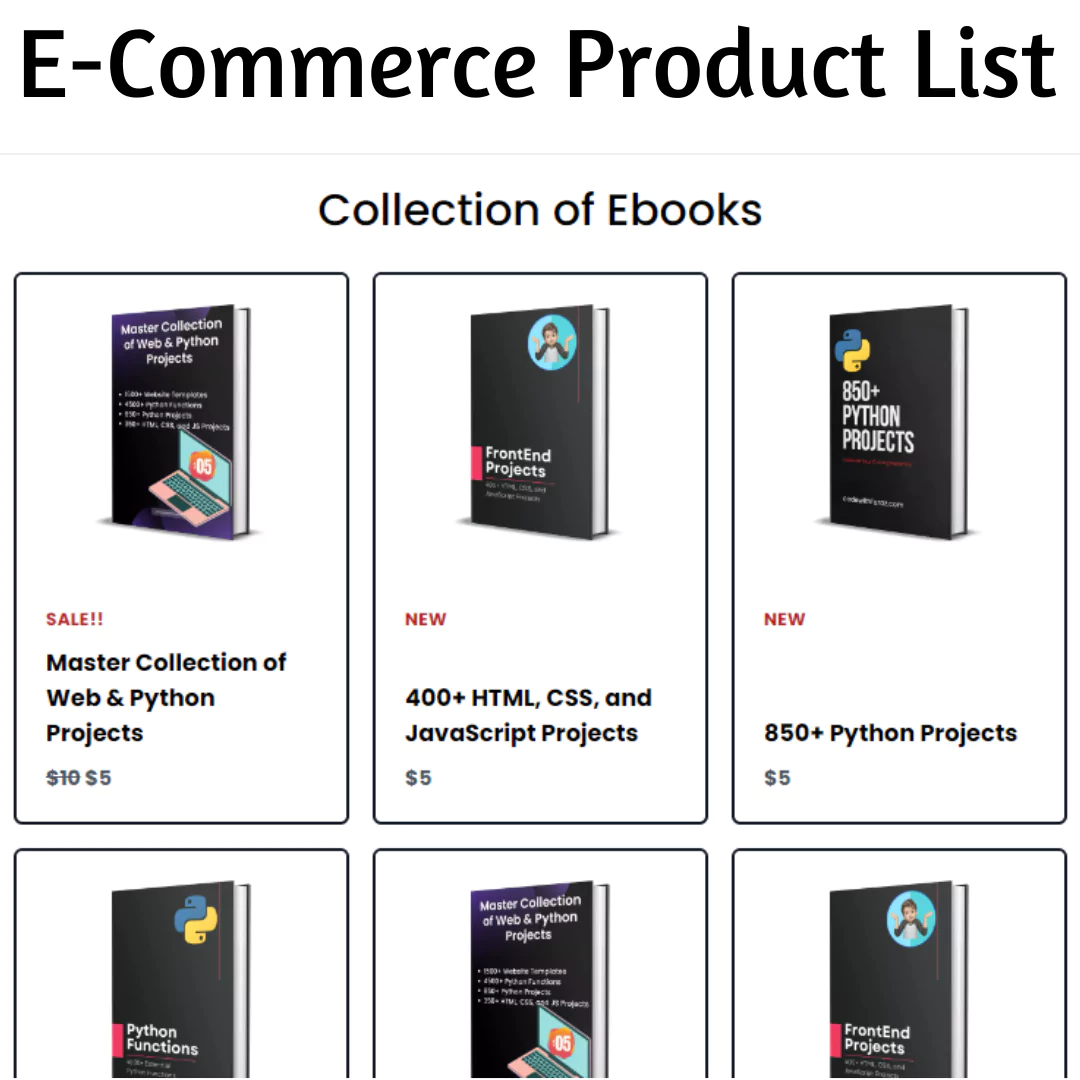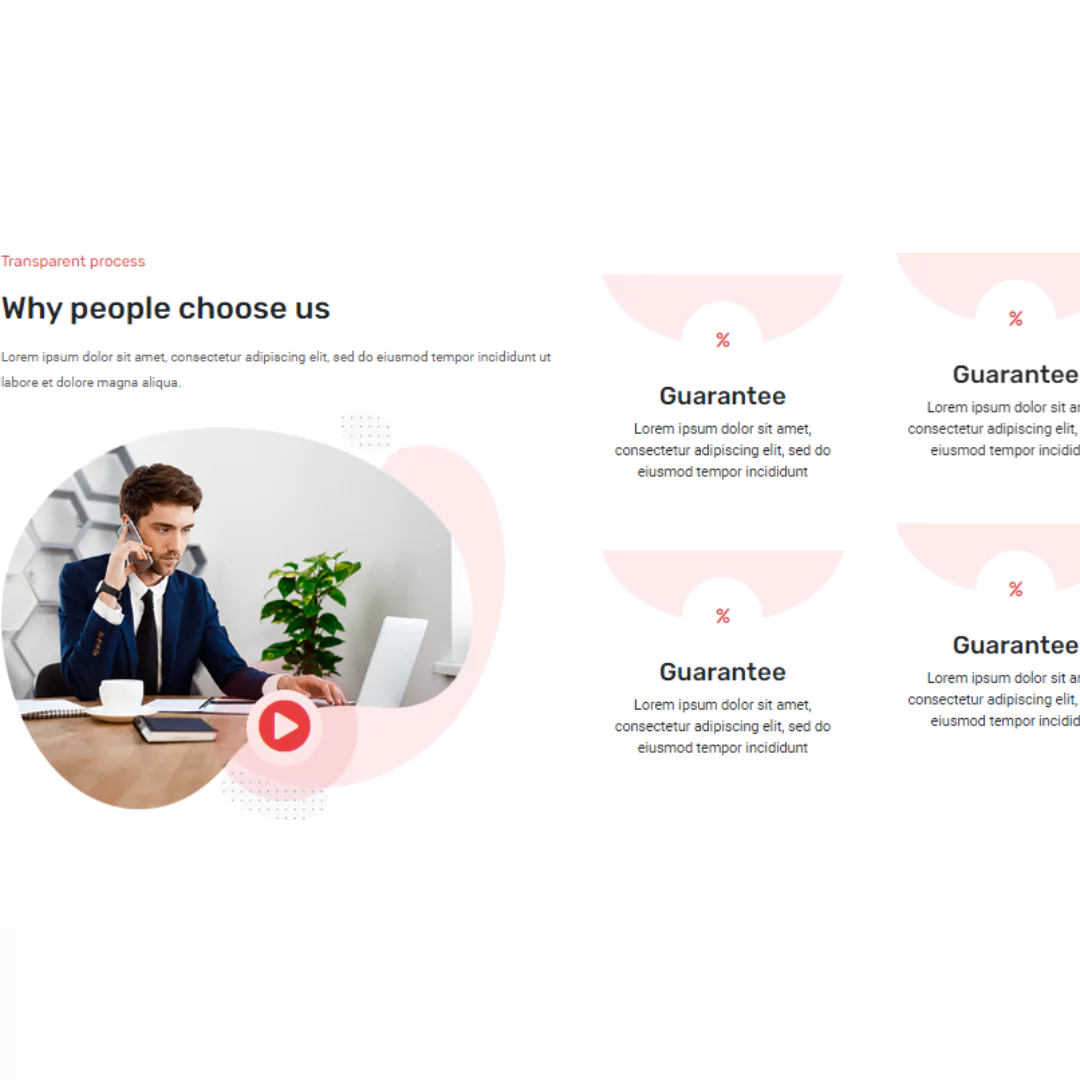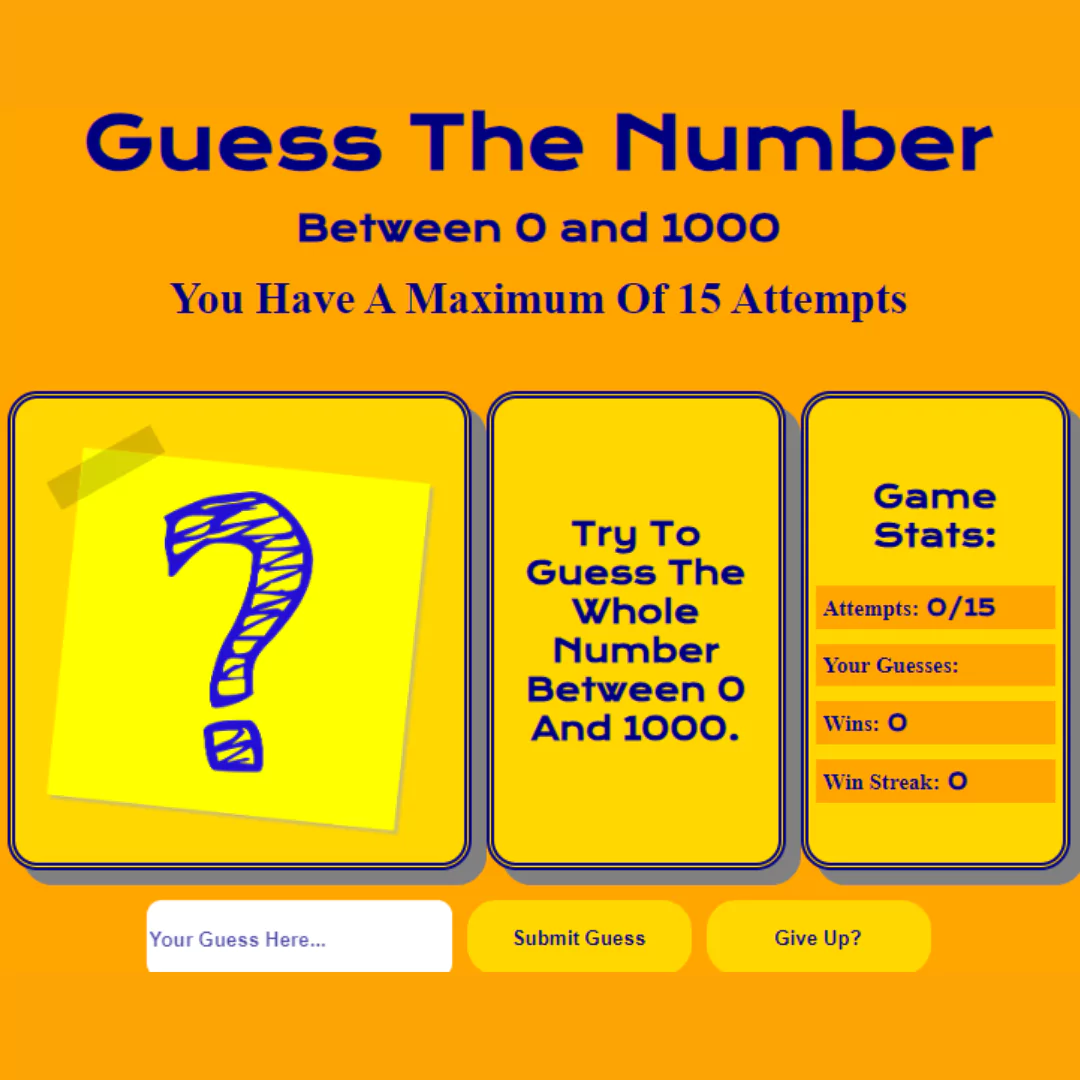Machine learning has been at the forefront in recent years due to impressive advances in computer science, statistics, the development of neural networks, and improvements in the quality and quantity of data sets. Here, we'll look at real-life examples of machine learning to give you a better perspective.

We cannot deny the fact that our personal and professional lives rely on the Internet! Today, we are all dependent on technology. Almost ten years ago, we used to rely on all manual means to achieve our goals, and we would never have imagined that in those days we even thought about machine learning applications.
We would never have thought that before leaving a place to reach our desired destination, we could check the exact condition of traffic on that route. Or for that matter, ten years ago, it was hard to believe we could order food with just a few clicks! In fact, have you ever thought about saying "Ok Google or Hey Siri" and in return, someone will talk to you and do whatever you want them to do?
So if we look at it, it's actually the science that makes this technology so powerful. If we dig deeper, this is the result of applying artificial intelligence and machine learning that we use today to disguise. When I say camouflage, I mean that today most of us are exposed to these real-time machine learning business applications. But if someone asks "What is machine learning?"; it's hard to answer.
So, In this blog, we are going to discuss some famous real-time applications of machine learning.
List of Top 10 Applications of Machine Learning in 2024
- Commute Predictions
- Online Video Streaming
- Image Recognition
- Self Driving Cars
- Dynamic Pricing
- Healthcare and Medical Diagnosis
- Products Recommendations
- Smart Assistants
- Language Translation
- Social Media
1. Commute Predictions

Now, Google Maps is probably the app we use every time we go out and need help with directions and traffic. I was traveling to another city one day and took the highway and Maps suggested, "Despite heavy traffic, you're on the fastest route." But how does he know that?
Well, it's a combination of people currently using the service, historical data of that route collected over time, and some tips obtained from other companies. Everyone who uses maps provides their location, average speed, and route, which helps Google collect massive traffic data, allowing them to predict oncoming traffic and adjust their behavior according to this data.
2. Online Video Streaming

Online Video streaming apps like Netflix and Amazon Prime are pioneers in video streaming. Almost every TV channel now has a video content streaming app that engages viewers based on their personalized interests.
How these apps reach large audiences, and especially Zen X, is through a technique called machine learning. The apps collect data from user activities and recommend spring videos accordingly.
What kind of data do these applications monitor?
- When you pause, rewind, or fast forward
- The day you watch the content (Weekend TV Shows and Weekend Movies)
- The date and time you watch
- When you pause and exit the content (and if you ever come back)
- Trailers you watch before actually watching the movie/show
- Browsing and scrolling behavior
And more. They collect this data for each subscriber they have and use their recommendation system and many machine learning applications. That's why they have such a high customer retention rate.
3. Image Recognition

For humans, it is very easy to recognize any image. For example, picture a car in your mind, I'm sure you can remember the image of a car, its brand, and in fact, its color. However, for a computer, an image is just an array of numeric values, and that's why it uses image processing algorithms to look for patterns in digital images (video, graphics, etc). Using algorithms, computers work on pattern recognition and machine learning algorithms can recognize any form of an image.
So how does machine learning for facial recognition work?
Can you unlock your phone just by looking at it? If so, you are using machine learning. The phone's premium camera recognizes 80 nodal points on a person's face and machine learning technologies measure a person's facial variables and unlock the phone.
Phone unlocking is now part of popular machine-learning apps. Now, we are the Gen Z in a world where we use facial recognition to make quick bank payments. Other uses of image recognition are:
- Drones
- Self-driving cars
- Military surveillance
- Forest Activities
4. Self Driving Cars

This is one of the coolest Machine Learning apps. It's here and everyone has used it. Machine learning plays a very important role in self-driving cars and I'm sure you've probably heard of Tesla. The leadership of this business and its current artificial intelligence is led by hardware manufacturer NVIDIA, based on unsupervised learning algorithms.
NVIDIA says it does not train its model to detect people or any such objects. This model runs on Deep Learning and it collects data from all its vehicles and drivers. It uses internal and external sensors that are part of the IoT.
Some commonly used machine learning algorithms in self-driving cars are:
- Scale-invariant feature transform (SIFT)
- AdaBoost
- TextonBoost
- You only look once (YOLO)
5. Dynamic Pricing
Setting the right price for a good or service is an old problem in economic theory. Countless pricing strategies depend on the desired goal. Everything is priced flexibly, whether it's movie tickets, plane tickets, or taxi tickets. Artificial intelligence has recently enabled pricing solutions to track shopping trends and determine more competitive product prices.
How does Uber determine the price of your ride?
Uber's primary use of machine learning comes in the form of price appreciation, a machine learning model known as "Geosurge". If you're late for a meeting and need to book an Uber in a crowded area, be prepared to pay double the regular fare. Even for flights, if you're traveling during the holiday season, chances are the price will be double the original price.
6. Healthcare and Medical Diagnosis

Machine learning involves a variety of tools and techniques that help solve diagnostic and prognostic problems in many medical fields. Disease progression prediction, medical knowledge extraction for outcome study, treatment, planning, and support, as well as comprehensive patient management, are some of the examples where we use machine learning to analyze clinical parameters. We also use ML for data analysis of medical records such as detecting anomalies in data, processing incomplete data that interpret ongoing data generated by the intensive care unit, and smart alarms for efficient and effective monitoring.
7. Products Recommendations

Let's say you see an item on Amazon, but don't buy it right away. But the next day, you are watching a video on YouTube and suddenly you see an ad for the same item. You switch to Facebook, there you also see the same ad. How's it going?
Well, this happens because Google tracks your search history and recommends ads based on your search history. It is one of the coolest applications of Machine Learning. In fact, 35% of Amazon's revenue is generated from product recommendations.
8. Smart Assistants

We've all used Siri, Google Assistant, Alexa, and more on our smartphones like Pixel and iPhone, and smart speakers like Echo and Google Home. In addition, Samsung is also launching a smart TV with Bixby virtual assistant. As "assistants", their job is to help us in our daily work, all we need is to activate them.
The significant use of assistants in our daily lives involves activities such as setting alarms and reminders and providing news updates directly to users through notifications. Answer questions like "What is my schedule for tomorrow?" or "Show my upcoming Flights?" are also managed by these smart assistants. These assistants can search for information, recall-related queries, or send commands to other resources (on the web) to gather information and answer user questions.
9. Language Translation

One of the most popular machine learning applications is language translation. Machine learning plays an important role in translating from one language to another. We were amazed at how easily websites can translate from one language to another and also provide contextual meaning. The technology behind the translation engine is called "machine translation". It allows people to interact with others around the world; Without her, life wouldn't be as easy as it is now. It has given confidence to travelers and business partners to safely venture into unfamiliar lands with the belief that language will no longer be a barrier.
10. Social Media

Nowadays, most of us are addicted to social media and why shouldn't we? Social media is fun and engaging, from teaching you crafts and new things to videos, news, and networking. ML technology plays an important role in the development of user-friendly websites and social media applications.
Friend suggestions: Social networking sites like Facebook keep track of the friends we connect with, the profiles we visit frequently, the groups we share, our interests, and where we work. Based on continuous learning, Facebook suggests people we can make friends with.
Facial recognition: Social websites and apps like Facebook and Instagram instantly recognize our friends as soon as we upload a photo to the media and start issuing notifications to tag them. While the interface is quite user-friendly and looks comfortable on the front end, the whole process on the back end is quite complicated.
That’s a wrap!
Thank you for taking the time to read this article! I hope you found it informative and enjoyable. If you did, please consider sharing it with your friends and followers. Your support helps me continue creating content like this.
Stay updated with our latest content by signing up for our email newsletter! Be the first to know about new articles and exciting updates directly in your inbox. Don't miss out—subscribe today!
If you'd like to support my work directly, you can buy me a coffee . Your generosity is greatly appreciated and helps me keep bringing you high-quality articles.
Thanks!
Faraz 😊

























